| |
Family (Alpha): | |
| View | Acrididae Members:
| NC Records |
|---|
Melanoplus celatus Morse, 1904 - Secretive Short-wing Grasshopper |
 |
|
|
|
|
|
Image Gallery for Melanoplus celatus - Secretive Short-wing Grasshopper
|
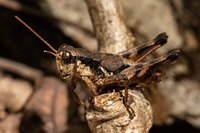 | Recorded by: Ed Corey
Transylvania Co.
Comment: | 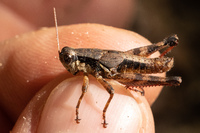 | Recorded by: Ed Corey
Transylvania Co.
Comment: |
 | Recorded by: Ed Corey, Kevin Bischoff
Transylvania Co.
Comment: | 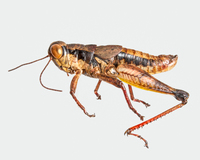 | Recorded by: Ed Corey, Kevin Bischoff
Transylvania Co.
Comment: determined by J. Hill |
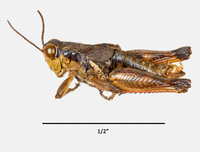 | Recorded by: B.B. Fulton
Avery Co.
Comment: NCSU Insect Museum specimen. Internal reproductive structures were dissected and left partially exposed | 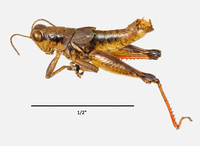 | Recorded by: B.B. Fulton
Avery Co.
Comment: NCSU Insect Museum specimen |
|
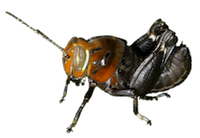
 »
»
 »
»